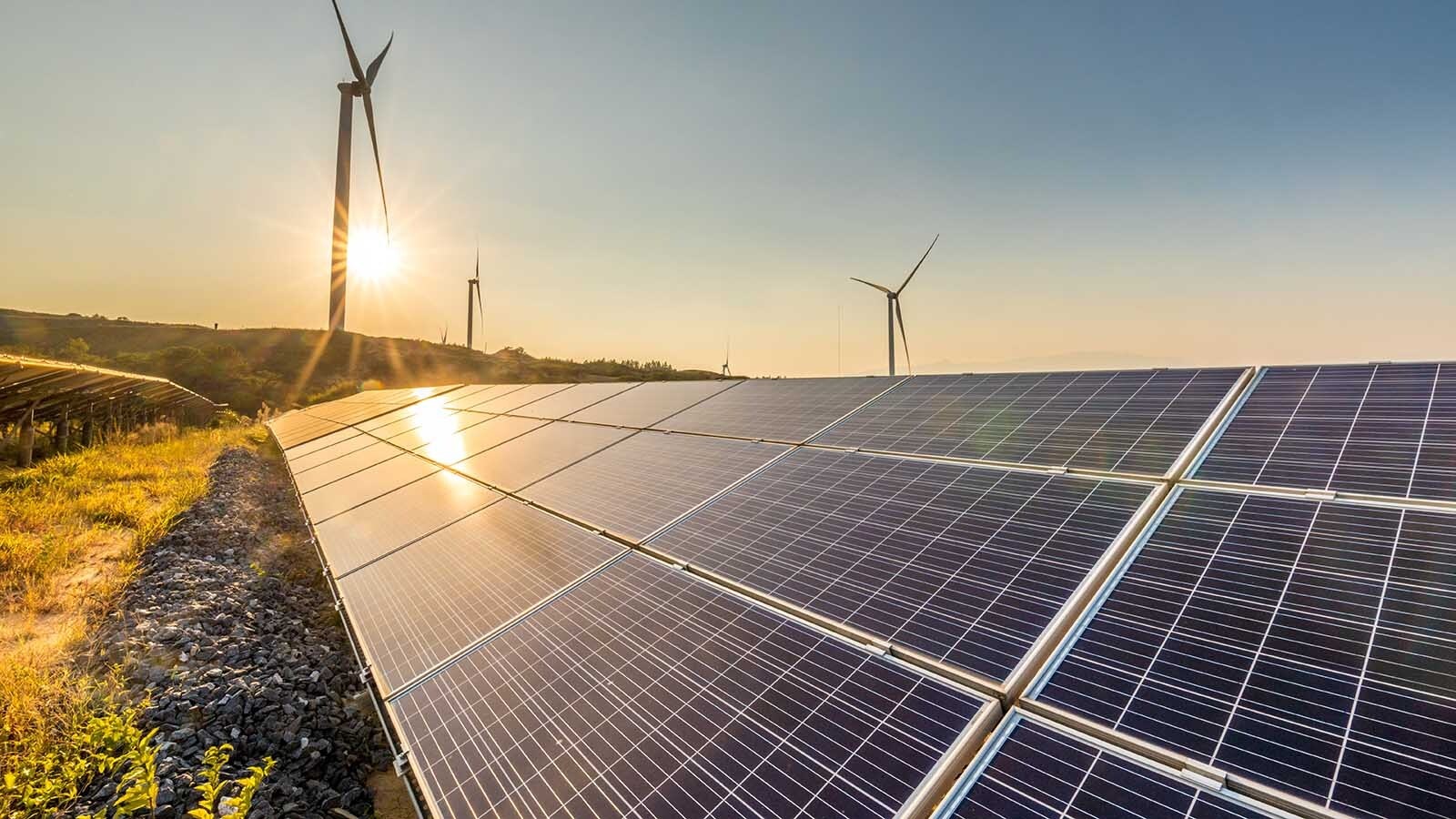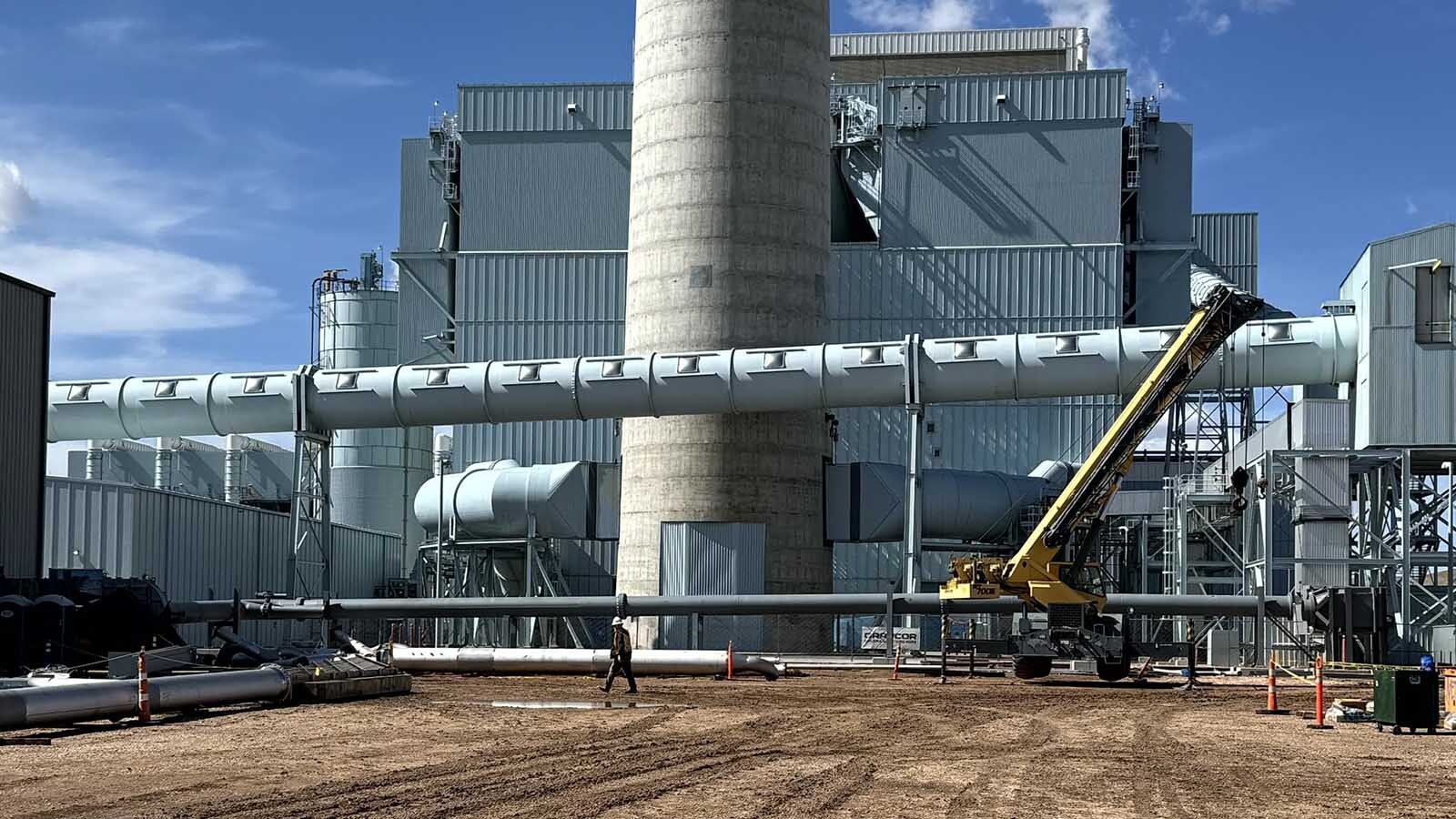ORLANDO–In August, a Facebook user posted a story claiming that a John Deere representative had called a farmer with 10,000 acres of corn in the Midwest. The representative, according to the post that was shared 13,000 times, wanted the farmer to replace his diesel-powered combines with fully electric farm equipment.
The farmer asked reasonable questions about how a grower who is harvesting in the field for 24 hours per day, working far from any electrical infrastructure to charge the machinery, is supposed to make electric equipment work on his farm.
Fake News
Many people working in the agriculture industry shared the post, convinced that John Deere was going to force farmers to go electric. Many others sharing it were environmentalists and climate activists who saw the story as proof that agriculture could dispense with diesel fuels and run on electricity generated by the wind and sun.
It turned out the post was false, and John Deere has no plans to offer electric combines.
There now are 17 U.S. states and the European Union banning or considering bans on sales of new gas-powered cars, regardless of how impractical and unaffordable electrical vehicles can be for many consumers. Dozens of local communities, mostly in California, have banned natural gas hookups on new construction.
The story might have appeared more plausible because there is a push to electrify everything, including cars, shipping, home appliances and residential heating.
When it comes to electrifying industrial farm machinery, the vision of a world without fossil fuels runs up against the limits of current battery technology.
Simple Not Feasible
John Deere is rolling out a line of electric equipment for residential use, such as riding mowers, within the next few years.
Cowboy State Daily contacted the company for more information about this product line and the false claims about electric farm machinery, but the company didn’t respond.
For a fact-checking story on the electric combine Facebook post, Jennifer Hartmann, director of public relations for John Deere, told USA Today that electric farm equipment “simply isn’t feasible.”
The article didn’t go into detail on why that’s the case, but one problem is a lack of infrastructure to support agriculture electrification.
Brett Moline, director of public and governmental affairs for the Wyoming Farm Bureau Federation, told Cowboy State Daily that Wyoming farmers wouldn’t have the means or time to charge electric farming equipment.
“Farmers go out in the middle of a field, often in the middle of nowhere, for a very long time,” Moline said. “How practical would it be during harvest time to have to stop and charge a combine, especially in Wyoming? They’re just not practical at all.”
A Bigger Battery
Even if farmers could grow charging stations like they do corn, current battery technology doesn’t come close to holding the amount of energy that’s contained in diesel fuel.
There’s a famous scene in the movie “Jaws” where the crew hunting the monster shark finally gets a look at the beast. Police Chief Martin Brody, played by Roy Schneider, famously quips, “We’re going to need a bigger boat.”
A good catch phrase for electrifying farm equipment would be, “We’re going to need a bigger battery.”
Powering a passenger car doesn’t take a whole lot of energy compared to farm equipment, so many drivers can feasibly get around on a battery powered vehicle.
Getting enough power from lithium-ion batteries, even the most efficient of them, to power a combine is a whole different beast.
Diesel Per Acre
Brett Crosby, owner of Cowley-based Custom Ag Solutions, said a good rule of thumb for the amount of diesel fuel needed to power a piece of farm equipment is 1 gallon per 13 horses per hour.
A John Deere S760 Combine has 333 horsepower, so it will guzzle 25 gallons of diesel per hour. With a 250-gallon tank, it’s likely to go for about 10 hours.
David Northrup, who farms in Willwood south of Powell, Wyoming, said conventional farming uses about 1.5 to 2 gallons of diesel per acre.
All of this depends on a wide range of factors, including how well the efficiency of the header (what farmers call the tool fixed to the front of a tractor), the weather, how muddy the field is and what crop is being harvested.
Energy Density
Jason Fenske, who runs the popular YouTube channel “Engineering Explained,” which has nearly 3.5 million subscribers, posted a video in 2020 on how energy density works. Simply put, energy density is the amount of energy that can be put into a space.
A gallon of gasoline, according to EPA figures, has the equivalent of 33.7 kilowatt hours of electricity stored within it. That’s enough power to run a 100-watt light bulb for 337 hours. Using a 2018 study, Fenske found the most efficient lithium-ion battery is 1/13th as energy dense than a gallon of gasoline.
Fenske used 139 12-ounce cans of LaCroix soda to make a visual comparison of the size of a lithium-ion battery required to match the energy in 1 gallon of gasoline. He used cans because batteries are composed of individual cells that aren’t space efficient, whereas gasoline is a liquid that can be just poured into a container.
These calculations are for volume and don’t consider weight. In subsequent videos, Fenske also went into energy efficiencies and how they impact how far a car can go on a certain amount of energy.
It becomes apparent that it’s not easy to make comparisons of miles per gallon and battery sizes. However, gasoline is far more energy dense than the best batteries available today.
Tesla Combine
Farm machinery isn’t just about driving across a field. A combine turns a header and takes the harvested crop and spits it out a tube into a truck.
That makes it difficult to determine just how long a battery could power the combine as well as how long it would take to charge.
While batteries can do a lot for taking people to the grocery store or from place to place around town, as Aaron Turpen shows in his review of the Ford F-150 Lightning, when work demands are put on an electric vehicle, such as hauling loads in a pickup, the performance of the battery drops considerably.
That means a Tesla combine would likely not last the 10 hours a full tank of diesel can.
But using the simple figures of the volume of cans of soda n Fenske’s videos to match the energy in the same volume of 250 gallons of diesel, the battery for the John Deere S760 electric combine would be approximately 6 feet wide, 10 feet deep and 12 feet long.
That would make for an enormous combine, and a lot of the energy would be used to haul the weight of the battery. How much would be left for the corn is hard to say. Charge times on a Level 2 charger would probably be four to 12 hours.
So, any farmer going electric might want to plan for sleepless weeks during the harvest, and a whole lot less profit.
Cowboy State Daily energy reporter Killough is attending the Heartland Institute’s International Conference on Climate Change in Orlando, Florida.





